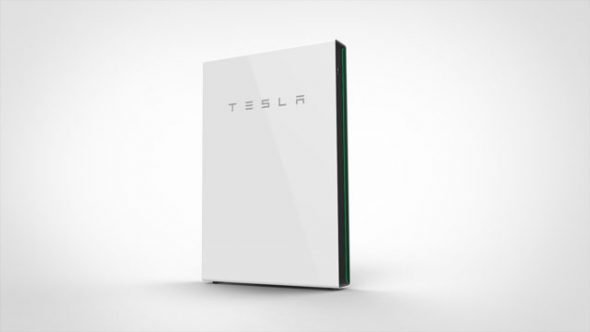
In addition to the US federal tax credit for plug-in electric vehicle purchases, there’s a smorgasbord of state incentives and policies that affect electric drivers. In fact, according to a new report from the NC Clean Energy Technology Center, 43 states and the District of Columbia took some type of action having to do with electric vehicles during 2017.
The new report, The 50 States of Electric Vehicles, reviews the electric vehicle-related state regulatory and legislative discussions and actions that took place last year. It will be followed by a series of quarterly reports.
The NCCETC found that a total of 227 state and utility-level actions were proposed, pending, or decided in 2017. California, New York, Massachusetts, and Minnesota saw the greatest number of actions.
- 34 states considered or adopted changes to the regulation of EVs.
- 21 states took action to study or investigate EVs.
- 20 states considered or approved new incentive programs, or changes to existing incentive programs.
- Utilities or legislatures in 18 states took action related to charging infrastructure.
- Utilities or legislatures in 14 states considered new utility rates, or changes to existing rates, for EV charging.
Not all actions were pro-EV. Several states considered additional fees for EV owners.
The NCCETC report doesn’t discuss the ongoing legislative battles in several states to allow Tesla — and theoretically other automakers — to sell vehicles directly to consumers. However, Electrek recently noted that Tesla is currently involved in efforts to change existing laws in at least eight states.
“As projections for the number of electric vehicles sold continues to rise, we see many states taking pre-emptive steps to help facilitate and prepare for this transition,” noted Heather Brutz, Clean Transportation Program Manager at NCCETC. “This includes directly funding vehicles and infrastructure, streamlining the permitting process, and preparing for a transportation funding future where gasoline-powered vehicles make up a smaller percentage of vehicles on the road.”
“As states and utilities undertake grid modernization efforts, electric vehicles are consistently being included in these discussions,” said Autumn Proudlove, Manager of Policy Research at NCCETC. “Key issues under consideration in 2017 were utility rate design for electric vehicle charging and the role of utilities in deploying charging infrastructure.”







 Nissan Motor Co. may get a boost from a deepening relationship with Japan’s biggest trading house as access to battery materials becomes a priority amid the industry’s push into electric vehicles.
Nissan Motor Co. may get a boost from a deepening relationship with Japan’s biggest trading house as access to battery materials becomes a priority amid the industry’s push into electric vehicles.